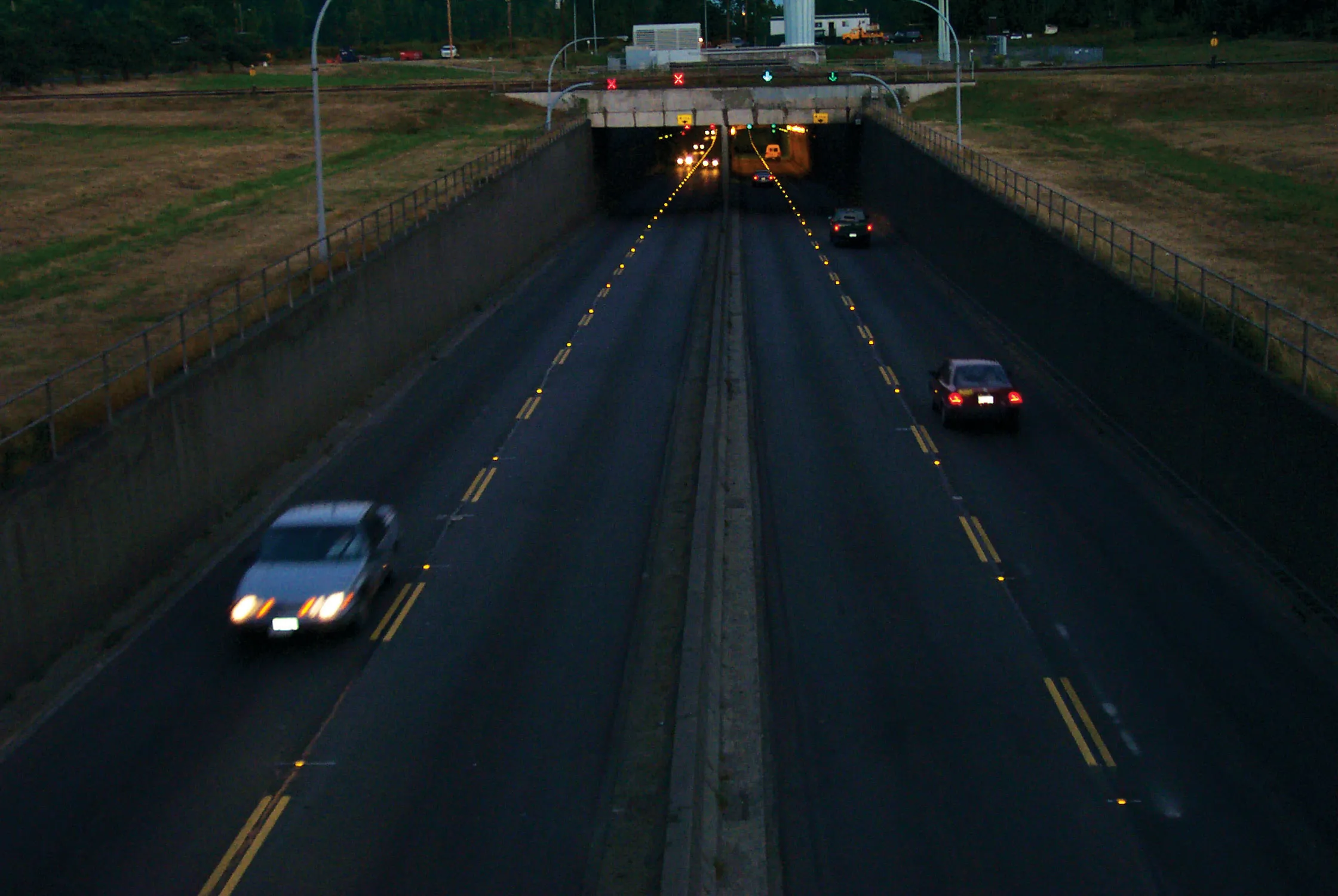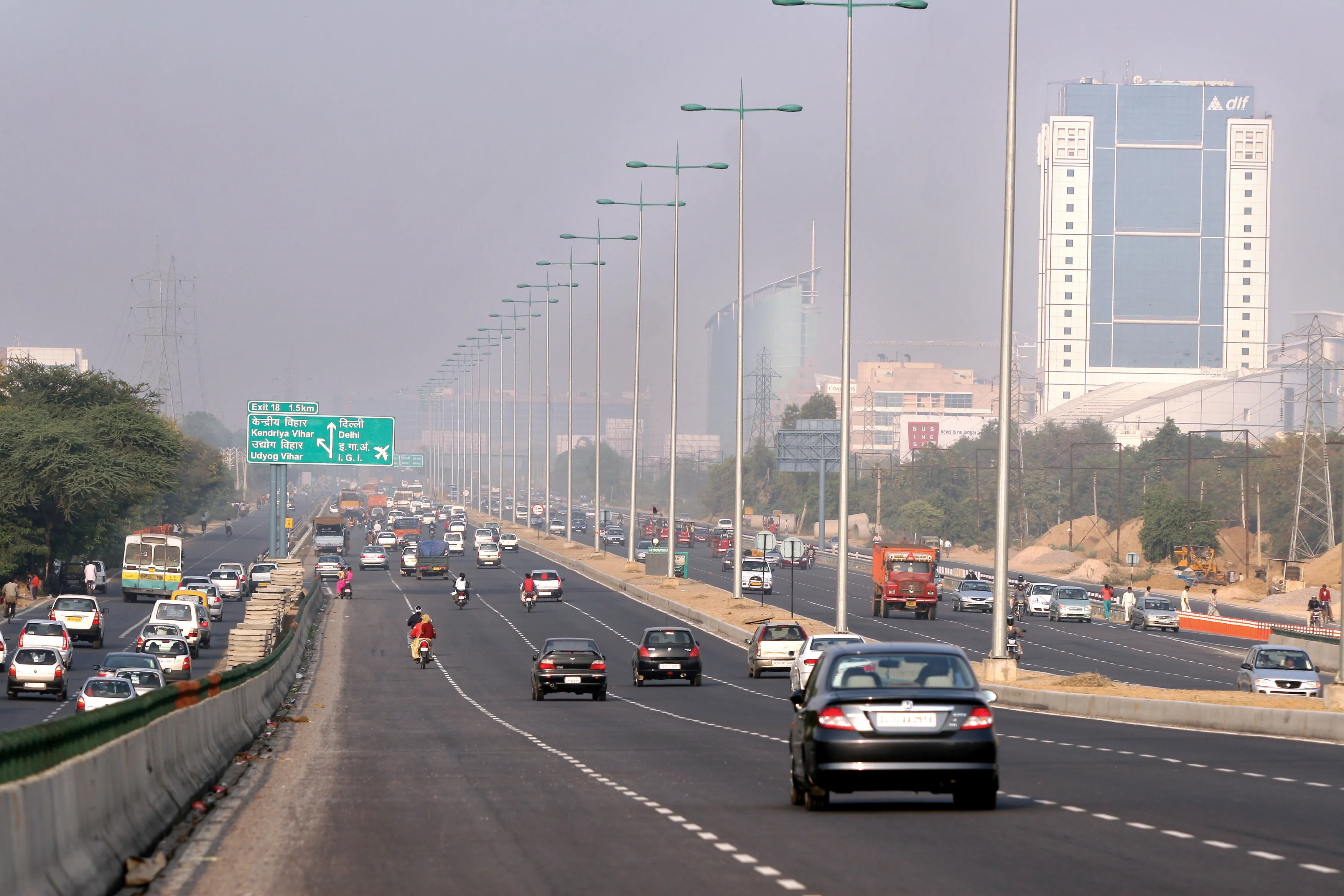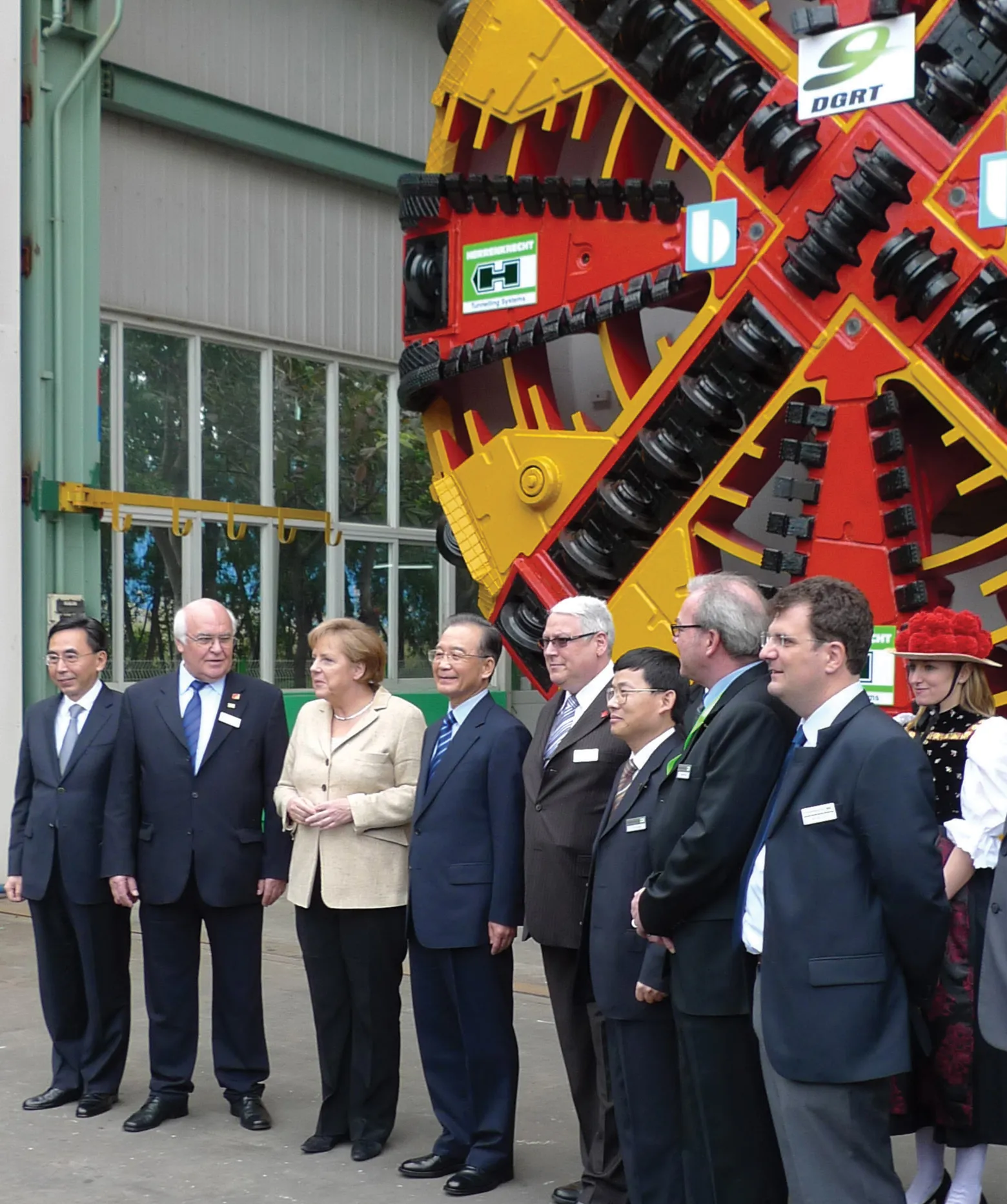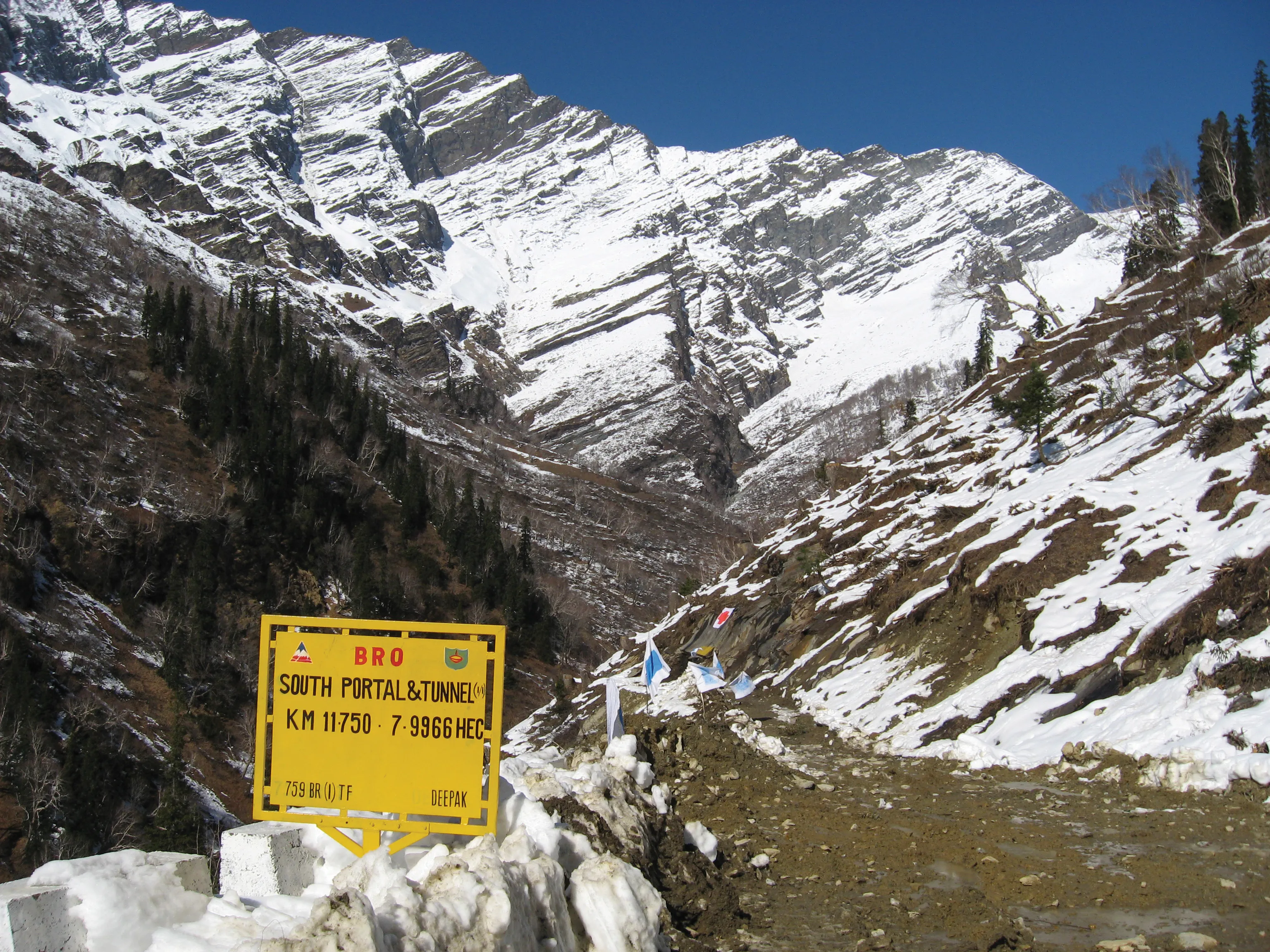Safety in tunnels is of paramount importance, and in 2014 the European Union will be introducing new safety rules for such structures. As in other parts of the world, many tunnels under construction will be built to high standards incorporating the latest technologies.
May 3, 2012
Read time: 3 mins

Safety in tunnels is of paramount importance, and in 2014 the 1116 European Union will be introducing new safety rules for such structures.
As in other parts of the world, many tunnels under construction will be built to high standards incorporating the latest technologies.
Many others are being upgraded, including the Elbetunnel, Hamburg, Germany, where the first tunnel under the River Elbe was built in 1911.
Between 1968 and 1975 three new tunnel tubes were constructed, each carrying two lanes of traffic, with a capacity for 65,000 cars/day. In 2004, a fourth tube was completed using what was then the world's largest soft ground tunnel boring machine (TBM). The 3.1km Elbetunnel now caters for 150,000 vehicles a day.
The two centre tubes have reversible lanes for peak traffic flows, and at present the three older tubes are undergoing a major refit, which includes the installation of a SmartStud optical guidance system.
The system has been fitted in the first tube and work will continue in the remaining two tubes in coming months. Once these tubes are completed the newer fourth tube will then be fitted.
The first stage of the optical guidance system comprises some 20km of delineation and over 1,000 bi-directional intelligent white LED SmartStuds with 25m spacings.
The studs are produced by New Zealand company151 3i Innovation, which uses inductive power transfer (IPT) to power a range of products including the Smartstud and iiiLevel (eye-level) LED road markers.
A SmartStud system is also in use in The George Massey Tunnel (Massey Tunnel) in Vancouver, Canada, which was opened in 1959 as the Deas Island Tunnel, and which and carries vehicle traffic on State highway 99 under the Fraser River Estuary.
In 1989 under the increasing pressure of peak-hour traffic flows, a reversible lane system was introduced in the twin-tube, 629m long tunnel, and in an effort to reduce accidents during tidal flow, lane pickets were installed. The narrow tunnels and increasing amount of damage to the pickets by heavy vehicles plus high maintenance costs saw Main Roads remove the picket system and install the first SmartStud delineation system in North America in 2001.
The system comprises 6.3km of mid-lane delineation with 620 bi-directional light heads both inside the tunnel and on its approaches.
Initially designed to be on only when the lanes were in contra-flow, shortly after its installation a decision was made to keep the system on permanently.
"As the result not only did target reversible lane incidents during peak decline, so did overall incident rates as a resulting ICBC (2566 Insurance Council of British Columbia) business case done two years after installation supported, showing a 27% reduction in both target and total collisions," says 3i Innovation.
As in other parts of the world, many tunnels under construction will be built to high standards incorporating the latest technologies.
Many others are being upgraded, including the Elbetunnel, Hamburg, Germany, where the first tunnel under the River Elbe was built in 1911.
Between 1968 and 1975 three new tunnel tubes were constructed, each carrying two lanes of traffic, with a capacity for 65,000 cars/day. In 2004, a fourth tube was completed using what was then the world's largest soft ground tunnel boring machine (TBM). The 3.1km Elbetunnel now caters for 150,000 vehicles a day.
The two centre tubes have reversible lanes for peak traffic flows, and at present the three older tubes are undergoing a major refit, which includes the installation of a SmartStud optical guidance system.
The system has been fitted in the first tube and work will continue in the remaining two tubes in coming months. Once these tubes are completed the newer fourth tube will then be fitted.
The first stage of the optical guidance system comprises some 20km of delineation and over 1,000 bi-directional intelligent white LED SmartStuds with 25m spacings.
The studs are produced by New Zealand company
A SmartStud system is also in use in The George Massey Tunnel (Massey Tunnel) in Vancouver, Canada, which was opened in 1959 as the Deas Island Tunnel, and which and carries vehicle traffic on State highway 99 under the Fraser River Estuary.
In 1989 under the increasing pressure of peak-hour traffic flows, a reversible lane system was introduced in the twin-tube, 629m long tunnel, and in an effort to reduce accidents during tidal flow, lane pickets were installed. The narrow tunnels and increasing amount of damage to the pickets by heavy vehicles plus high maintenance costs saw Main Roads remove the picket system and install the first SmartStud delineation system in North America in 2001.
The system comprises 6.3km of mid-lane delineation with 620 bi-directional light heads both inside the tunnel and on its approaches.
Initially designed to be on only when the lanes were in contra-flow, shortly after its installation a decision was made to keep the system on permanently.
"As the result not only did target reversible lane incidents during peak decline, so did overall incident rates as a resulting ICBC (








